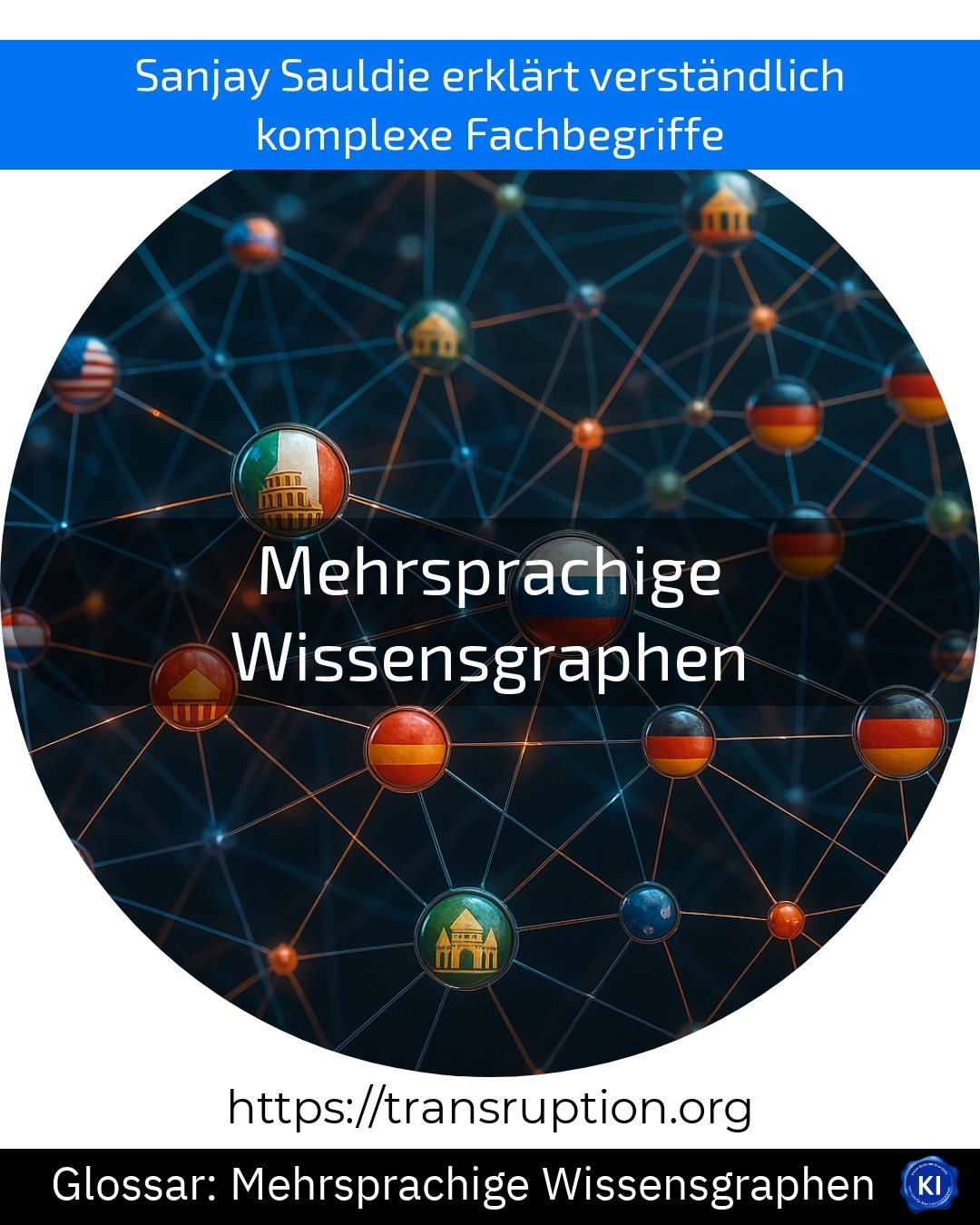The term "multilingual knowledge graphs" is particularly at home in the fields of artificial intelligence, digital transformation, big data and smart data.
A multilingual knowledge graph is a special data structure that collects knowledge and links it in different languages. This enables computers to understand, analyse and meaningfully link information from different sources and languages. Such knowledge graphs are always used when data originates from many countries, websites or documents and is not all available in German, English or a single language.
An illustrative example: A large company operates a global online shop. The product information is available in German, English and Spanish. Using a multilingual knowledge graph, the artificial intelligence can recognise the products, compare descriptions and answer customers' questions correctly in any language. This allows users to find relevant information more quickly - regardless of the language they are searching in.
Multilingual knowledge graphs are an important building block for modern, intelligent search engines and digital assistants. They improve the user experience and enable the handling of global data volumes.















